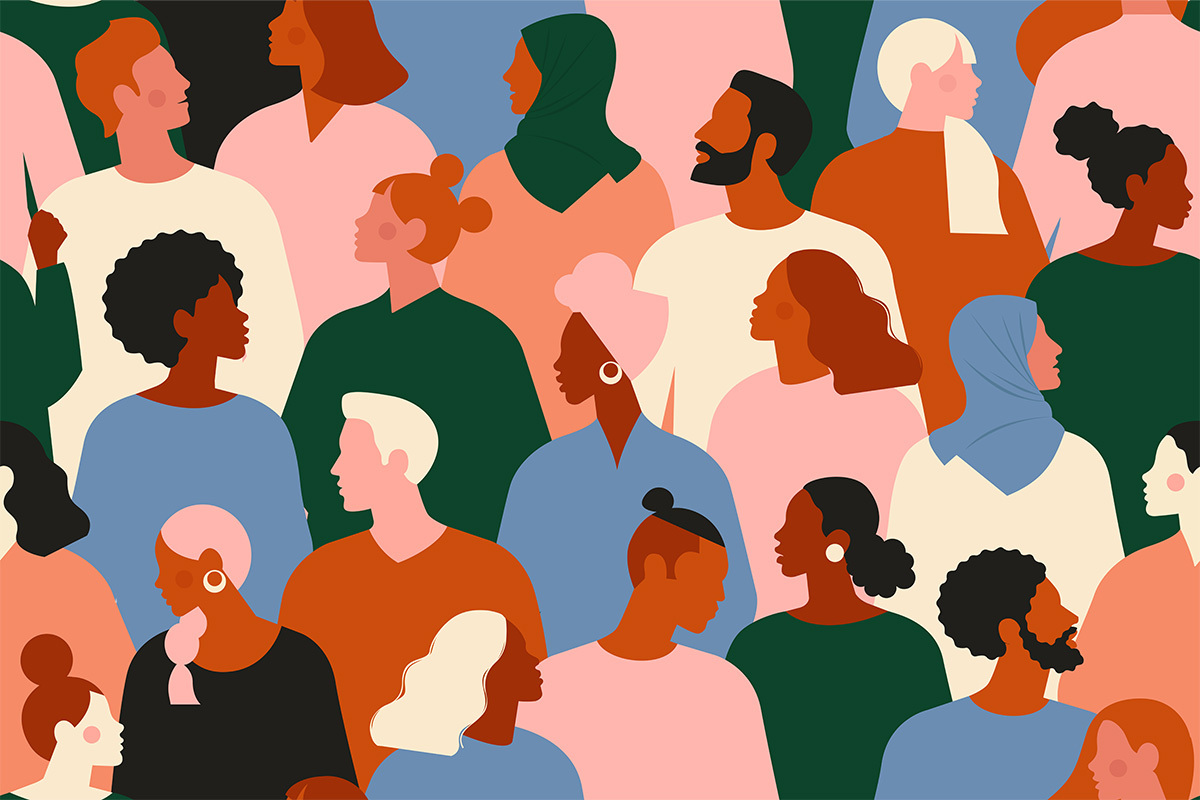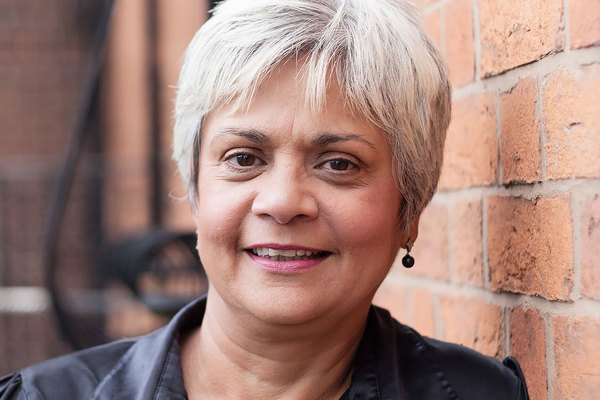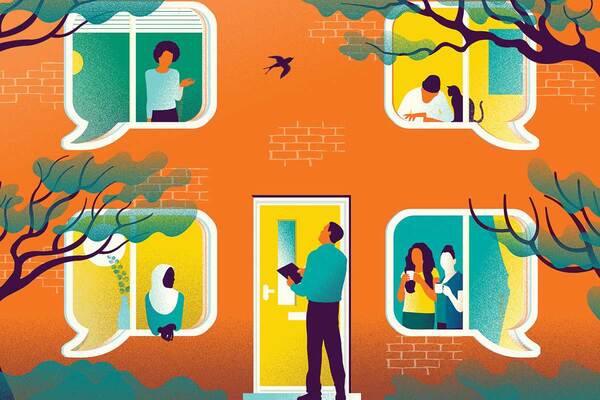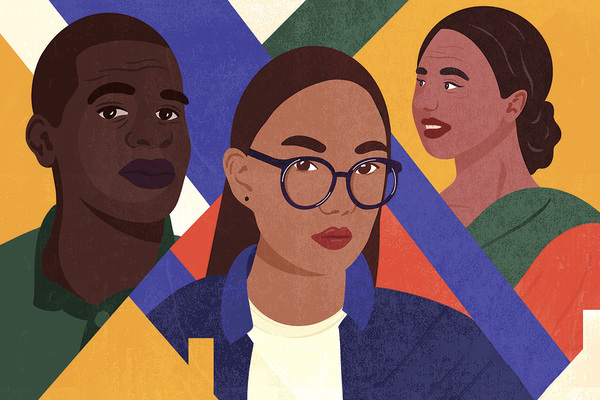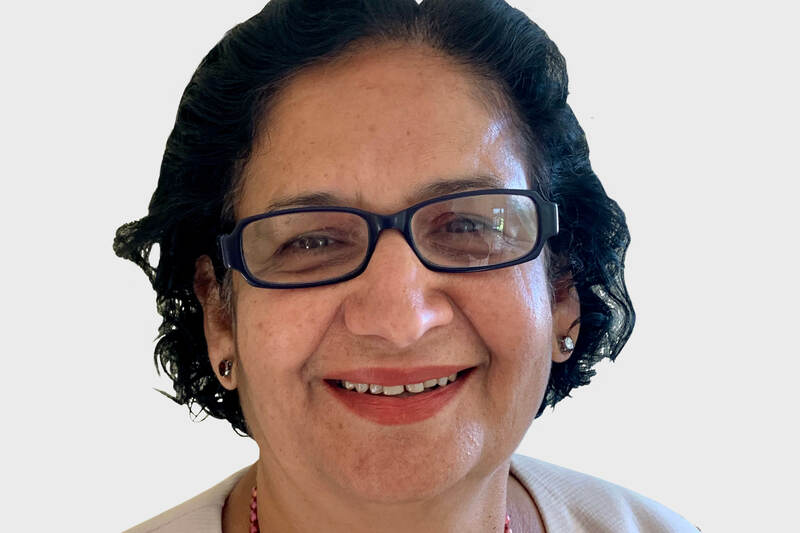You are viewing 1 of your 1 free articles

It’s time to tackle racial housing inequalities through effective stakeholder and community engagement
Priya Shah considers what role stakeholder engagement can take in addressing housing inequalities faced by BAME people
We have known for decades that BAME communities face inequalities in many aspects of society. However, when it comes to housing, BAME communities face significant challenges with climbing the property ladder, overcrowding, and how and where they live – factors which are usually out of their control.
“When we talk about inequalities in housing, one cannot dissect these without acknowledging the links between health, housing and race, impacting different ethnic minorities in varying ways”
The culmination of these issues has huge implications for health and overall quality of life, creating a vicious circle where some ethnic minorities continue to face housing challenges throughout generations.
As founder of BAME in Property, I am no stranger to airing my concerns about these inequalities. That being said, I also wear another hat, with my work in stakeholder and community engagement at Grayling Engage using effective consultation as one of the key solutions to reduce BAME housing inequalities.
Before I delve into this topic and in light of the recent Sewell Report, which has recommended scrapping the term ‘BAME’, it’s worth providing a disclaimer. BAME is an all-encompassing term, used because it’s easy to abbreviate and adopt in everyday terminology. I am the first to state that “BAME does not mean the same”.
When we talk about inequalities in housing, one cannot dissect these without acknowledging the links between health, housing and race, impacting different ethnic minorities in varying ways. Take homeownership for example, Indians in Britain have the highest rates of homeownership at 74%, compared with 68% of white British households. On the other hand, Pakistani and Bangladeshi communities face more housing hardships, including overcrowding and difficulties with accessing finance to get onto the housing ladder.
Indeed, while all these ethnicities come under the umbrella term ‘Asian’, their lived experiences are different. It’s important to recognise the cultural differences or barriers which might reinforce overcrowding, such as language hurdles to communicate issues to local authorities or fewer women working within some communities, resulting in less income to upsize the family home.
“One in 23 Black households are homeless or threatened with homelessness, versus one in 83 households from all other ethnicities combined”
Closely related is the practice of multigenerational housing. The Resolution Foundation found that 80% of British South Asian families and 50% of Black African or Caribbean households are multigenerational. While traditional family housing is perfect for multigenerational living, many newer developments are smaller in size and space, making it difficult to house multiple families without the risk of overcrowding.
This has been exacerbated by the COVID-19 pandemic. The Health Foundation found that people’s housing environments have impacted their ability to self-isolate and shield. People have been encouraged to stay at home, but a full house means a higher chance of transmitting the virus.
The list of inequalities facing BAME communities in housing could go on. Black people make up 3% of the UK’s population but count for over 14% of rough sleepers. Research by Shelter has shown that Black people are disproportionately affected by homelessness, with one in 23 Black households becoming homeless or threatened with homelessness, versus one in 83 households from all other ethnicities combined.
“One of the most effective ways to understand these inequalities and thus respond better to diverse needs is through community and stakeholder engagement”
Aside from the physical impacts of overcrowding pushing people into homelessness, most families living in constrained spaces are facing a multitude of hardships, such as unemployment, digital poverty and family breakdown – all of which contribute to homelessness. It’s worth noting that Black families are disproportionately impacted by all of these issues, many stating that this is related to their race.
One of the most effective ways to understand these inequalities and thus respond better to diverse needs is through community and stakeholder engagement. Aside from thoroughly researching age and ethnicity demographics, understanding who the key stakeholders and influencers are within a community – for example, religious leaders – can aid better and more sensitive engagement.
Grayling Engage and the Royal Town Planning Institute’s Future of Digital Engagement report, published in December, highlighted the importance of established networks in breaking down barriers and building trust with the very communities that are marginalised and tend to be disproportionately impacted by new developments or housing issues.
Such leaders can help create a collaborative forum for residents to come together and share their views in a comfortable way. By doing this, you’re empowering hard-to-reach communities and they are more likely to seek help.
“Online engagement must reflect diverse needs and audiences”
Where this type of engagement was once predominantly held face-to-face, digital engagement is now a must-have, not a nice-to-have. The coronavirus pandemic has moved conversations online, something we’re seeing first-hand through our Engage Online platform, which tailors engagement campaigns to different demographics and digital abilities.
Most importantly, online engagement must reflect diverse needs and audiences – our same report emphasised the need to have digital engagement tools and content designed by diverse teams to ensure inclusivity. This means using imagery which reflects the community you’re engaging with or offering multiple language options relevant to an area. The better and more inclusive the tool, the higher the likelihood of such communities taking part and sharing their views.
Ultimately, it goes without saying that planning and engagement teams should be representative of the very communities that we are working in. This allows for more specific insights into the lived experiences of marginalised communities to ensure that our support is sensitive and appropriate for different needs.
We’re not going to eradicate housing inequalities overnight, but getting the right engagement is one step closer to empowering the very people that you want to help.
Priya Shah, senior account manager, Grayling UK
